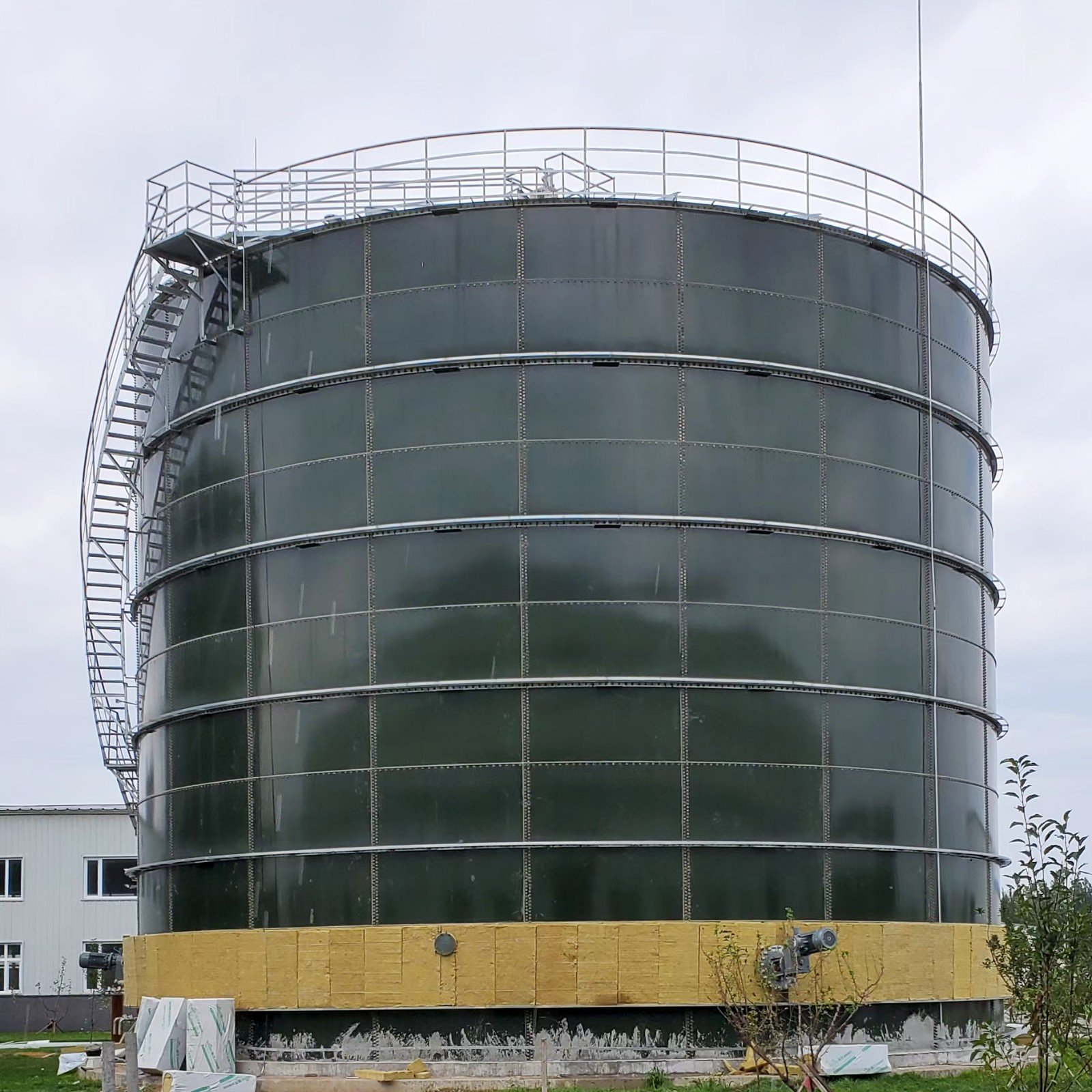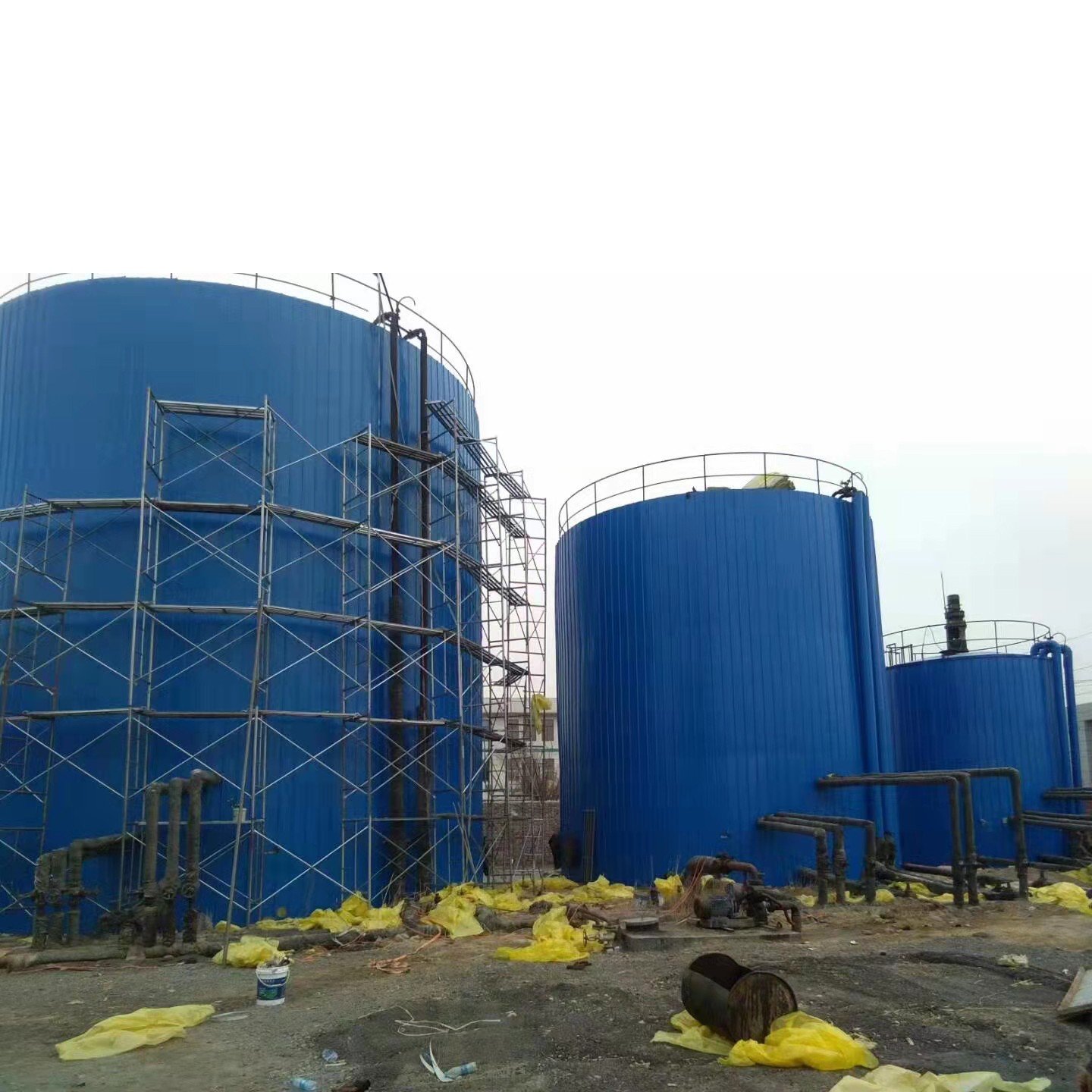The specific application of enamel assembled tanks in biogas engineering
In recent years, the large-scale anaerobic digestion biogas projects in China have developed rapidly. By the end of 2016, there were 51 extra-large biogas projects and about 18,000 medium and large-sized biogas projects nationwide. Common types of anaerobic digestion include HCF, USR, UASB, CSTR, among others.
Our core products include double membrane gas holders and GFS assembly tanks, complemented by biogas purification, desulfurization, and wastewater treatment solutions. We hold several patented technologies and have received certifications such as "CE Certification" and "ISO9001 Quality Management System Certification." In 2021, we were recognized as a "High-Tech Enterprise" and a "Specialized and Innovative Enterprise" in Qingdao.
(Click on the image to jump to the video)
Introduce the role of enamel assembled tanks in biogas engineering with a simple example.
The main raw materials for this project are various types of straw and livestock manure. Due to the significant differences in the properties of these raw materials, they need to be pretreated separately before fermentation. The straw is preserved through ensiling, which effectively provides lactic acid pretreatment to the raw material. Afterward, it is fed into the fermenter via a feeder. The TS (Total Solids) content of chicken manure is relatively high, so it is directly transported to the anaerobic reactor through a solid material feeder. The TS content of pig manure slurry is low, so it is temporarily stored in the homogenization tank and then pumped into the fermenter through a screw pump. Biogas is produced in the fermentation tower, where biological desulfurization occurs within the tank. After desulfurization, a small portion of the biogas is used in a biogas boiler to provide heat for the fermenter, while the majority of the biogas enters purification equipment to be further refined into biomethane, which is then injected into the gas pipeline network.
After the reaction in the anaerobic reactor, the fermentation liquid is transported to solid-liquid separation equipment through a discharge screw pump, where it is separated into biogas residue and biogas slurry. A small portion of the biogas slurry flows by gravity into the biogas slurry transfer pool, while the rest is transported off-site as liquid fertilizer by vehicles. The biogas residue is temporarily stored on-site.
Here are some project cases that Qingdao Haiyue has done:

